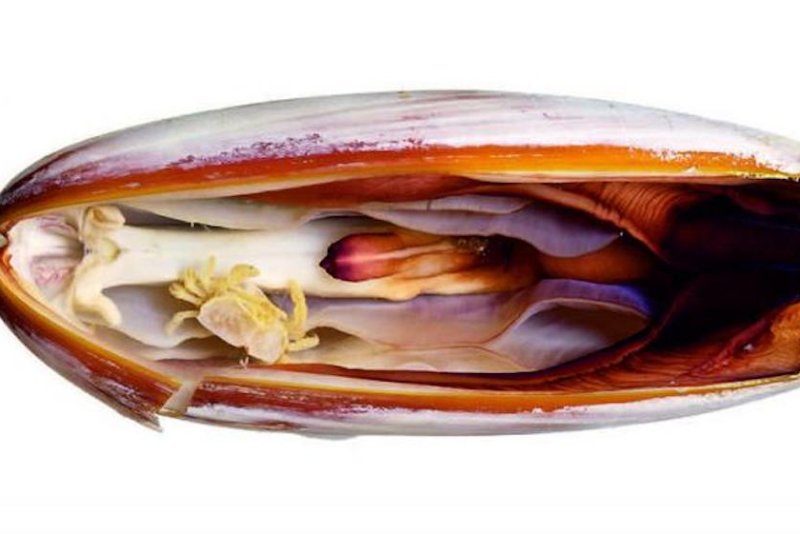WASHINGTON, Oct. 24 (UPI) -- Every once in a while, oyster-eaters, clam-eaters and consumers of other bivalves may happen upon a tiny, nearly transparent crab. While these parasitic stowaways may all look the same, there are a variety of species.
Recently, biologists discovered a new species of pea-sized crab living in large date mussels along the coast of the Solomon Islands. The crab has an extra plate covering its upper dorsal, or carapace, offering the illusion of an additional face. Thus, the crab's discoverers decided to name the species after Janus, the two-faced Roman god.















